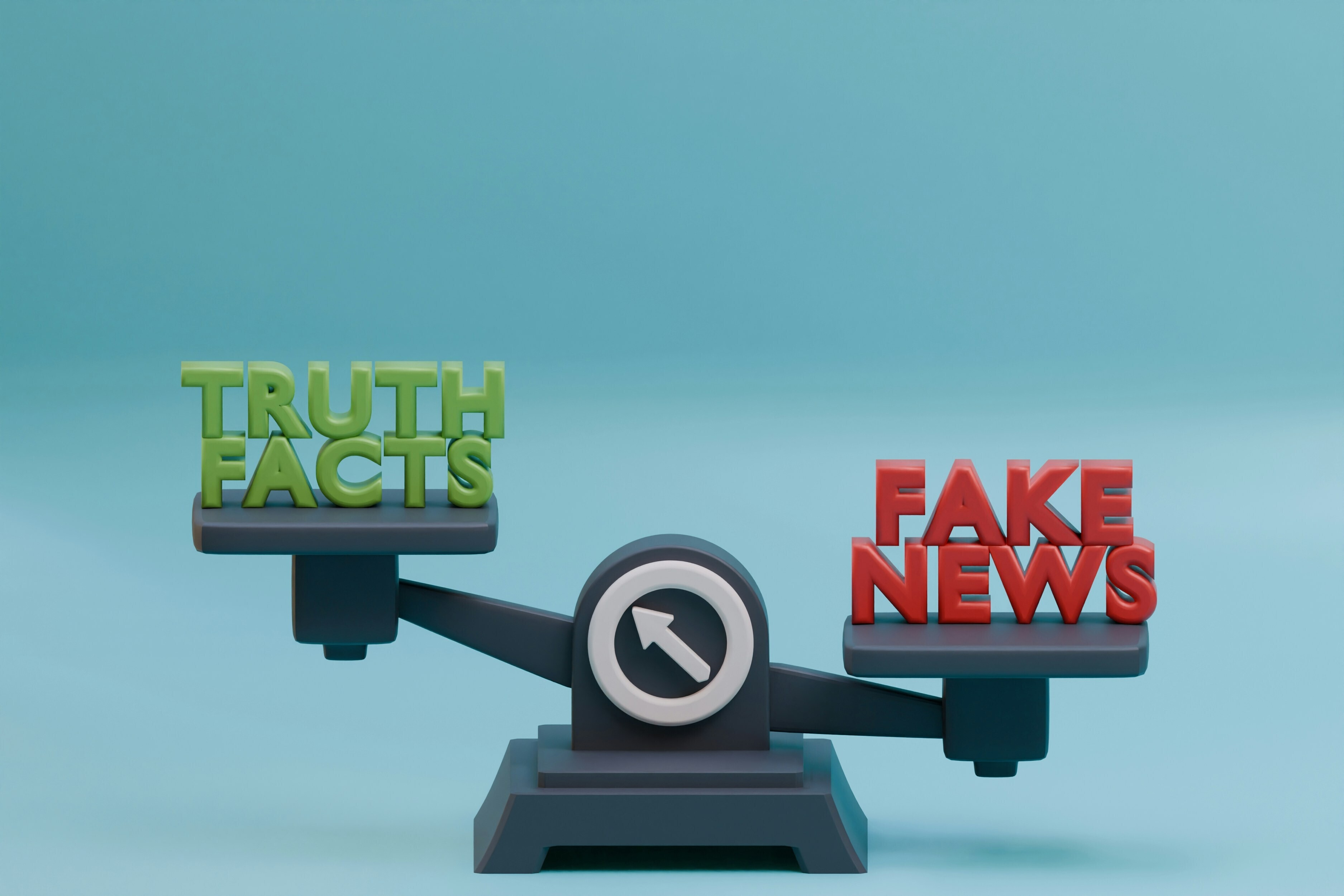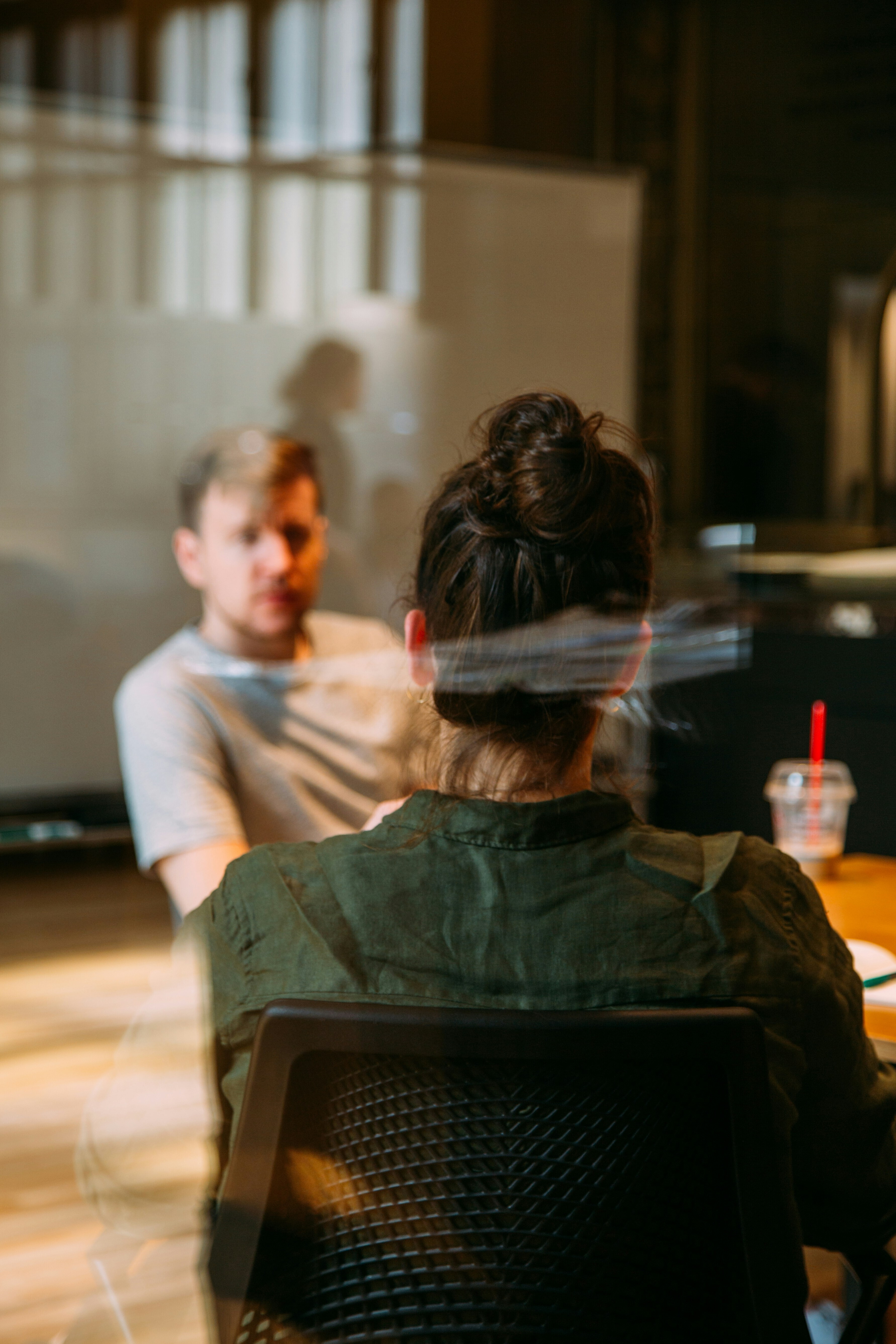These 12 incredible women helped change science forever

For every female scientist whose work has been recognized and celebrated, there are thousands who have been accidentally or purposefully forgotten.
Image: Women in Science
Stay up to date:
Innovation
Sure, most people have heard of Marie Curie and Rosalind Franklin, Jane Goodall and Sally Ride.
But for every female scientist whose work has been recognized and celebrated, there are thousands who have been accidentally or purposefully forgotten.
For a few, that might change, thanks to a beautiful new book, "Women in Science: 50 Fearless Pioneers Who Changed the World," by artist Rachel Ignotofsky.
While she highlights some of the classic women in science, she's also profiled some less familiar faces — and discoveries.
Here are a dozen of our favorites.
Florence Bascom (1862-1945) discovered her love for geology on a childhood trip with her father and a geologist friend of his.
She worked for the US Geographical Survey, particularly specializing in the Piedmont Plateau between the Appalachians and the Atlantic coastal plain. She was voted one of the top 100 geologists in 1906 in an edition of a magazine called, ironically, American Men of Science.
In addition to her research, she also taught several important geologists of the next generation at Bryn Mawr College.
Marjory Stoneman Douglas (1890-1998) moved to Miami to write for the Herald, where her father worked. She left to work for the Red Cross during World War I, then returned to the Herald before branching out on her own as a writer.
She was able to see the value and importance of the Everglades despite finding them "too buggy, too wet, too generally inhospitable." She wrote a book called "The Everglades: Rivers of Grass," which raised awareness about the threats the ecosystem faced.
She successfully led the opposition to an Army Corps of Engineers plan that would have reduced flooding but destroyed the Everglades. In addition to conservation, she also fought for women's rights and racial justice.
Celia Payne-Gaposchkin (1900-1979) was the astronomer who discovered that the sun is made of hydrogen and helium.
She went to college in Britain for botany, then attended by chance a lecture given by a prominent physicist, which she found so intriguing she changed fields (the lecturer, Arthur Eddington, became an important mentor for her). She moved across the Atlantic to study at Harvard, where she spent the rest of her career.
Her dissertation was called "the most brilliant PhD thesis ever written in astronomy." In addition to our sun, she also studied variable stars, taking more than a million photographs of them with her team.
Rita Levi-Montalcini (1909-2012) was the first Nobel Prize winner to reach the age of 100. Born in Italy, she talked her father into letting her study medicine.
During the Jewish persecution and World War II, she had to leave her university and eventually flee to the countryside with her family, but she kept working on science, dissecting chick embryos.
After the war, she moved to the US, where she discovered nerve growth factor, which guides the development of the nervous system. She later became an Italian senator for life.
Chien-Shiung Wu (1912-1997) grew up in China, then moved to the US for her PhD studies.
She was recruited by the Manhattan Project during World War II. During her interview for the top-secret work, she was able to guess what they were researching from an equation left on a blackboard.
She helped figure out how to enrich uranium to fuel nuclear bombs. She was snubbed by the Nobel Prize committee for her work showing that nature isn't always symmetrical. (The Prize was awarded to two men who first floated the idea, even though she was the one who proved it experimentally.)
Katherine Johnson (1918- ) did the math that launched the manned Mercury mission into orbit around the Earth and calculated the flight path for the Apollo 11 mission to land on the moon.
She also helped write the first textbook about space.
As a child, she loved to count — and from that springboard she graduated college at 18 and spent three decades at NASA.
Rosalyn Yalow (1921-2011) spent most of her life in New York City. She and her lab partner developed a technique for studying hormones that is still used today, called radioimmunoassay.
They used the process to differentiate between type 1 and type 2 diabetes. It can also determine whether an unborn child has certain birth defects and to make sure the supplies in blood banks are clean.
Esther Lederberg (1922-2006) studied bacteria and viruses, helping her work by inventing a technique called replica plating, which made it easy to study certain bacterial colonies across a set of Petri dishes.
The technique contributed to a Nobel Prize for her husband.
From this work, she confirmed that bacteria mutate randomly, including acquiring resistance to particular antibiotics before ever having been exposed to that particular chemical.
She also discovered a type of virus called a lambda phage, which lies low in a cell until the cell is going to die from other causes. It's now used as a model for human viruses like herpes and tumor viruses.
Annie Easley (1933-2011) planned to become a nurse, but was inspired to work for the precursor of NASA when she read an article about local twin sisters who worked there as human computers.
She became first a mathematician and then a computer programmer, working particularly on the code for the Centaur rocket launcher and navigation system.
She also tutored inner-city children (she had previously helped neighbors learn to pass Jim Crow voting tests) and worked on energy issues.
Patricia Bath (1942- ) invented a device for removing cataracts that fog people's vision.
She also created the field of community ophthamology, which combines public health outreach with ophthamology. The strategy reduces rates of preventable vision loss, particularly in lower-income neighborhoods.
The organization she founded, the American Institute for the Prevention of Blindness, provides vitamin A eye drops to newborns.
May-Britt Moser (1963- ) helped discover grid cells, special nerve cells in the brain that create mental maps of places we've been — work that won the Nobel Prize.
As a psychologist in Norway, she began studying the brains of rats, particularly as they completed mazes. She has also studied how the brain filters out unnecessary information to focus on particular issues and what happens when your brain thinks you're somewhere you aren't.
Francoise Barre-Sinoussi (1947- ) is a French scientist who helped discover HIV and determine that the virus causes AIDS.
She had been studying retroviruses and was asked to join a team looking to determine whether AIDS was caused by one (it is, as she determined in two weeks).
She then researched how the immune systemresponds to HIV and AIDS in hopes of finding a cure. Although she retired last year, she is still outspoken in encouraging the world to rally against AIDS and fight the stigma surrounding the disease.
Don't miss any update on this topic
Create a free account and access your personalized content collection with our latest publications and analyses.
License and Republishing
World Economic Forum articles may be republished in accordance with the Creative Commons Attribution-NonCommercial-NoDerivatives 4.0 International Public License, and in accordance with our Terms of Use.
The views expressed in this article are those of the author alone and not the World Economic Forum.
Forum Stories newsletter
Bringing you weekly curated insights and analysis on the global issues that matter.
More on Education and SkillsSee all
Neeti Mehta Shukla
August 1, 2025
Naoko Tochibayashi
July 30, 2025
Lisa Bechtold
July 29, 2025
Veronica Frisancho
July 22, 2025
Sasha Havlicek and Daniel Dobrygowski
July 21, 2025
William Dixon
July 16, 2025





